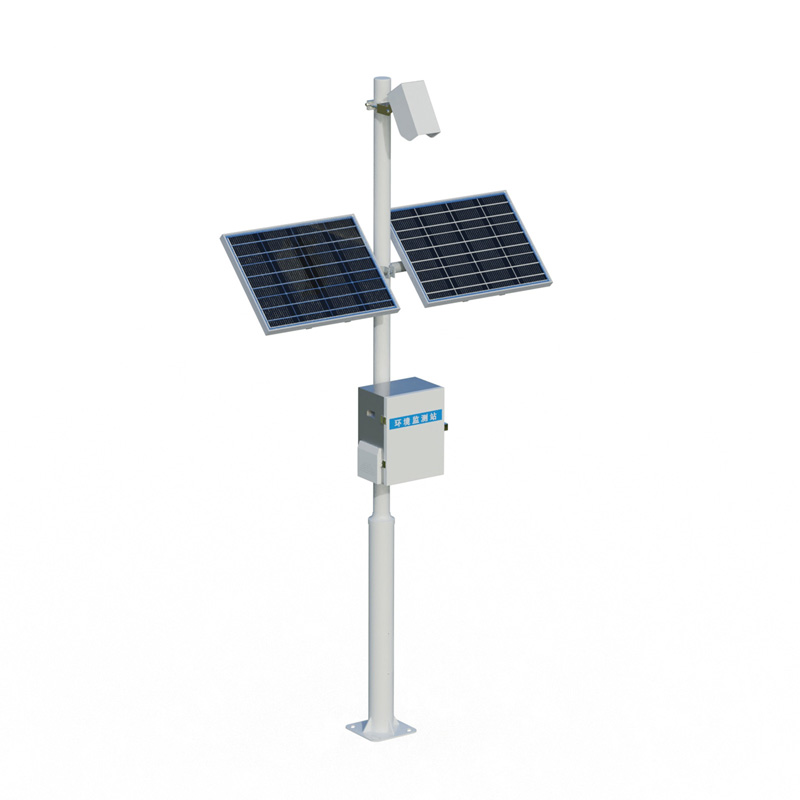Meteorological environment monitoring equipment supplier
Insist on doing high-precision customer favorite technology products
Road Surface Monitoring is an intelligent sensing network specifically designed for road safety assurance, accurately identifying critical conditions such as ice, snow, and standing water.
Road Surface Monitoring is an intelligent sensing network designed specifically for road safety assurance, aiming to improve traffic safety by monitoring road conditions in real-time using advanced technologies. The system integrates data acquisition, transmission, processing, analysis, and display functions, forming a complete intelligent solution. It can automatically identify critical conditions such as slippery surfaces, ice, snow, black ice, and melting snow, while accurately measuring slipperiness and friction coefficient, providing reliable data support for road management. This monitoring station is especially important during winter or adverse weather conditions, as it can detect potential hazards in a timely manner, helping to prevent traffic accidents.
The system's working principle is based on multi-sensor data acquisition. First, a network of sensors deployed along the road collects real-time information on road surface temperature, humidity, and surface condition. These sensors include optical sensors, infrared thermometers, and friction coefficient detection devices, capable of capturing road surface changes with high precision. After data acquisition, the data is sent to a central processing unit via wireless or wired transmission modules. The transmission process uses encrypted protocols to ensure data security and real-time performance, avoiding delays or losses. In the data processing stage, the system uses algorithms to analyze the raw data, eliminate noise interference, and extract effective features. For example, temperature gradient analysis can distinguish between ice and snow conditions; while slipperiness calculation combines surface texture and moisture content data.
The analysis module is the core of the system, utilizing machine learning models and statistical methods to automatically identify road surface conditions. For example, when the road surface temperature is detected to be below freezing and the humidity is high, the system will determine a risk of icing; at the same time, the friction coefficient measurement quantifies the slipperiness of the road surface, providing early warning of slippery conditions. Furthermore, the system can identify black ice and melting snow conditions, which are often difficult to observe with the naked eye but pose a serious threat to driving safety. The data display module presents the analysis results in graphical or digital form, supporting remote access and real-time monitoring, facilitating quick response by road management personnel.
Road Surface Monitoring has wide-ranging value in practical applications. It can be used on highways, bridges, tunnels, and other critical road sections, helping management departments to promptly deploy de-icing or cleaning measures, reducing the accident rate. At the same time, this system is integrated with the traffic management system, enabling dynamic adjustment of speed limits or the issuance of warning information, thereby improving overall road safety. Compared with traditional manual inspections, this intelligent monitoring station significantly improves efficiency and accuracy while reducing labor costs. In the future, with the development of the Internet of Things and artificial intelligence technologies, Road Surface Monitoring is expected to be further optimized, achieving more accurate predictions and adaptive control.
In short, Road Surface Monitoring, as an intelligent sensing network, provides a solid guarantee for road safety through its integrated design. It can not only automatically identify various dangerous situations but also supports data-driven decision-making processes, contributing to the creation of a safer and more efficient transportation environment. With the acceleration of urbanization and the challenges of climate change, the widespread adoption of such systems will become increasingly important, providing greater safety protection for public travel.
